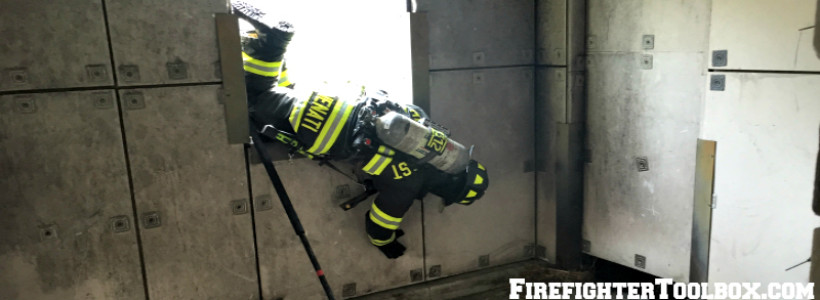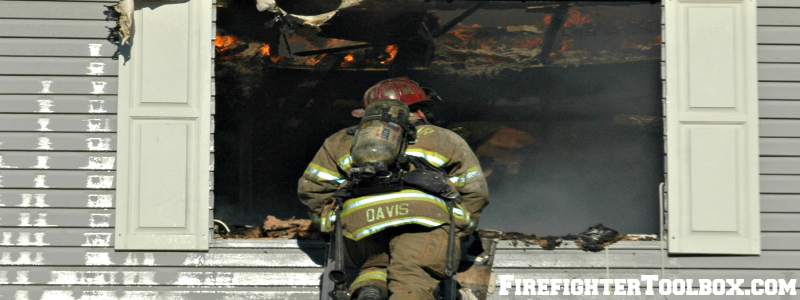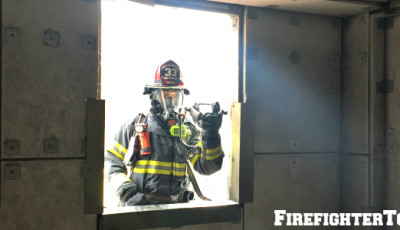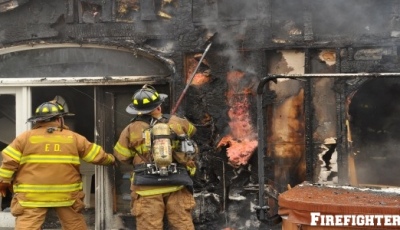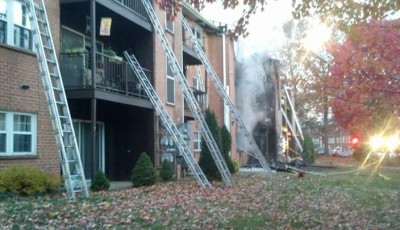5 Steps to VEIS – Part 1
The traditionalists may know it as “VES” (Vent-Enter-Search), yet the current generation of firefighters are being raised to call it “VEIS” (Vent-Enter-Isolate-Search). Regardless of our terminology, VEIS is a proven search and rescue tactic that we can use to improve victim survival on the fire ground. For the purpose of this article, we will use the acronym VEIS.
Before we cover the 5 steps to VEIS, we will cover the reasons why VEIS may be the best option for a civilian rescue on the fire ground.
Background
When our crew is assigned the role of search and rescue (SAR) at a residential structure fire, we use the conventional primary-secondary search method. A primary search involves a crew who performs a rapid “down and dirty” search while hazardous conditions are still present. For this type of search, we would start looking for victims in rooms closest to the fire and then progressively work away from the fire. By contrast, a secondary search is more methodical and thorough. This search is performed after the fire has been placed “under control.”
Unfortunately, there are instances when our SAR crew cannot gain interior access to the victims; therefore, the primary search cannot be performed. This can be due to extensive heat, fire, or smoke conditions between the engine company and the victims. Therefore, our SAR crew will elect to use VEIS, accessing the victims from exterior windows.
In its simplest form, VEIS consists of two firefighters (minimum) who ventilate a window, enter a room, isolate the flowpath, and perform a rapid search of the room.
Tactical Considerations
Using VEIS is not appropriate for every rescue situation. However, using the timeless wisdom of FDNY Chief John Norman, we should “let circumstances dictate procedures.”
Prior to VEIS, we should always perform a 360 size-up and obtain as much information as possible from occupants and bystanders.
If the following circumstances apply to our fire ground, VEIS may be the best choice for victim rescue:
- Extensive heat, fire or smoke between the engine company and victims (e.g.- No immediate interior access for the SAR crew)
- The engine company has a charged attack line in place
- A high probability of viable victims in specific rooms (i.e. – “My daughter is trapped in that bedroom right there!”)
- NO signs of impending flashover or present flashover coming from the target room
- An interior room door that can be closed, isolating a prospective flow path
In part 2 of this article series, we will cover the five fundamental steps to a successful VEIS rescue. Read 5 Steps to VEIS – Part 2 here.
Photos courtesty of John E. Gallagher and Jim Moss

